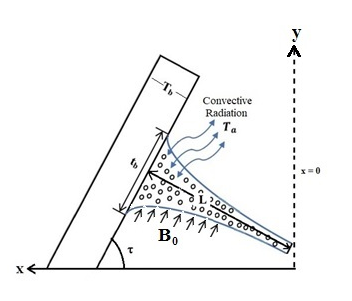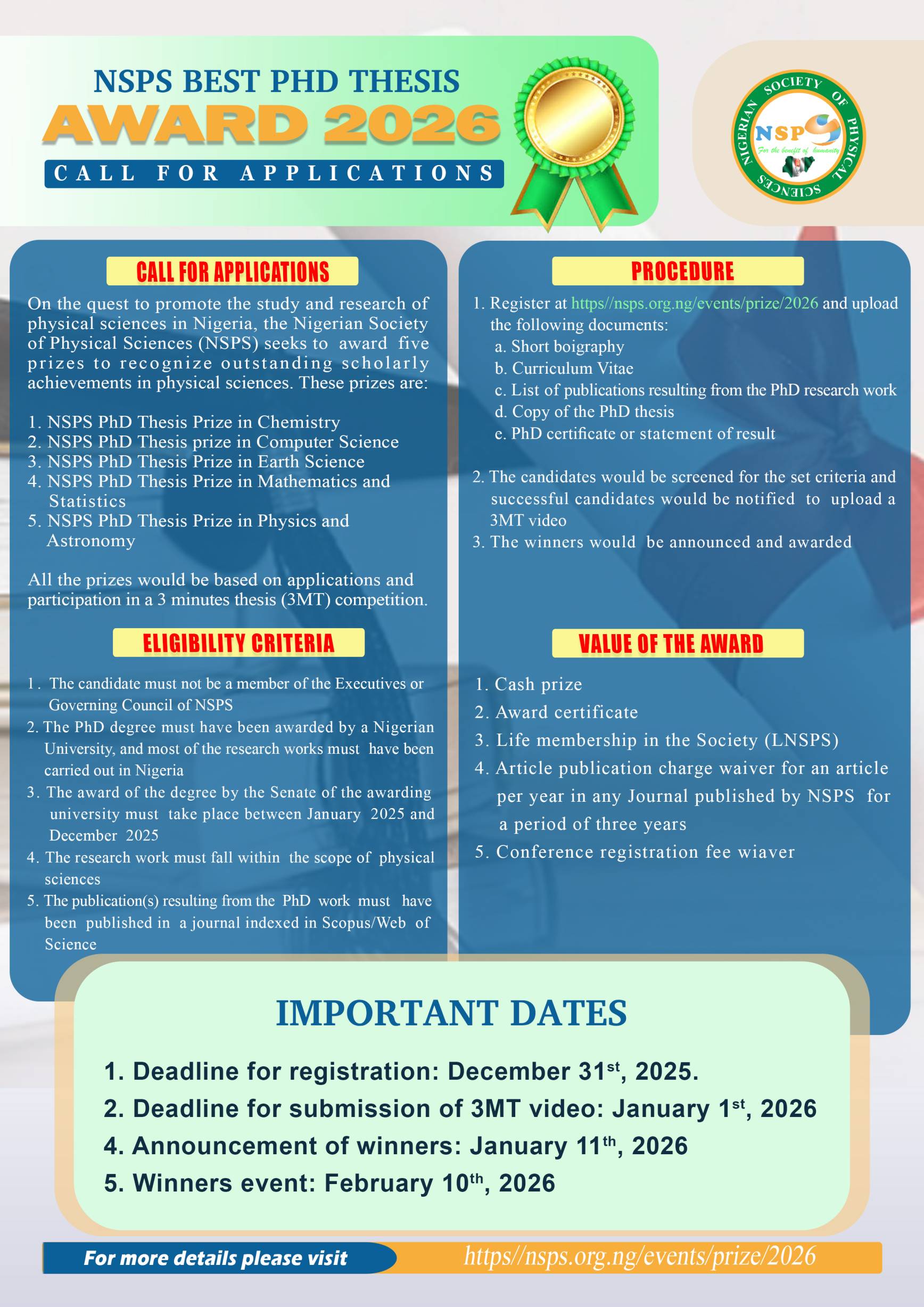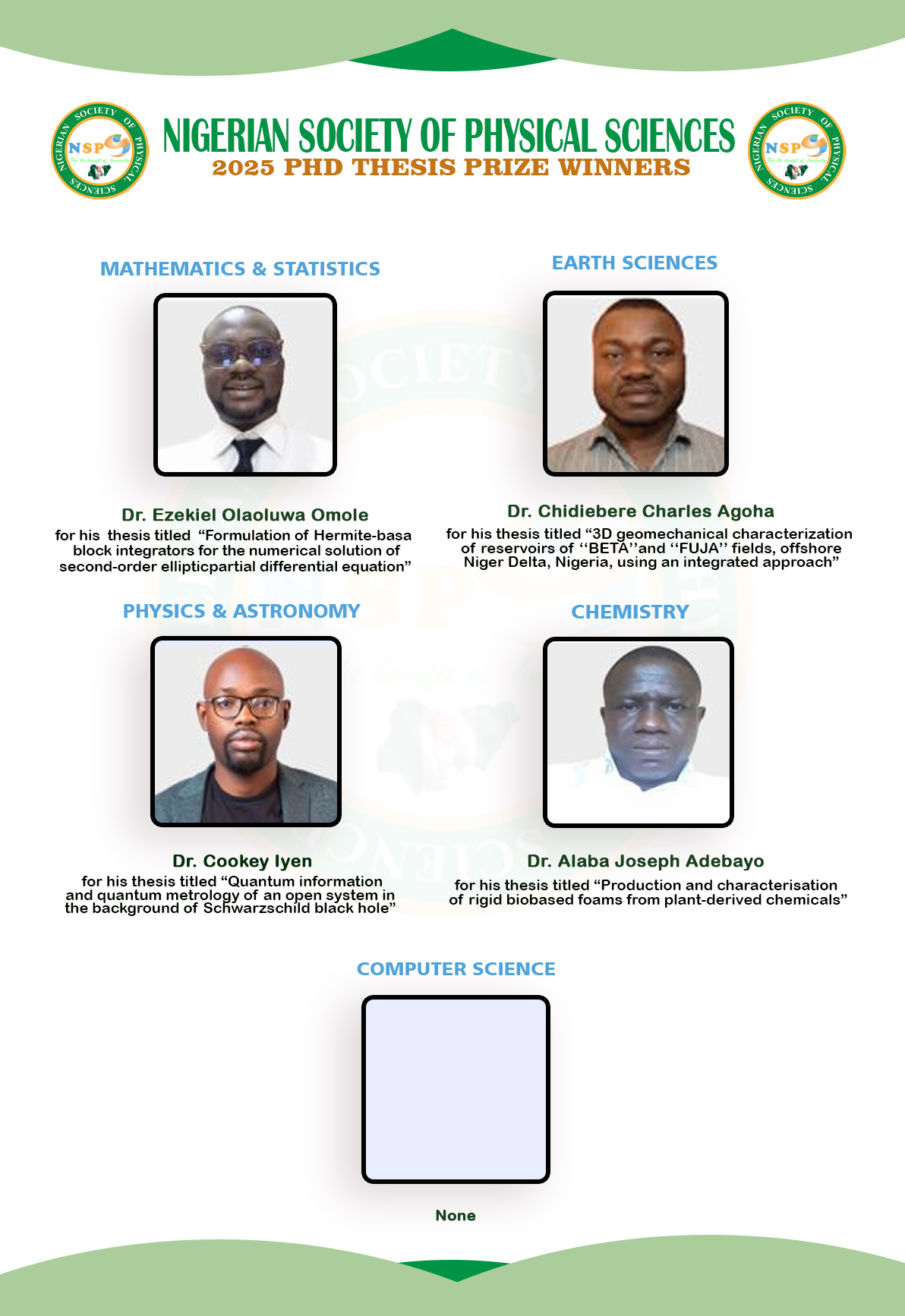An exploration of thermal characteristics of a permeable inclined moving inverted exponential fully wet magnetized stretching/shrinking fin
Keywords:
Transposed exponential fin, Magnetized fin, Wet porous parameter, Moving fin, Power indexAbstract
The effective cooling technology aims at removing the excess heat from the thermal components, equipment, and systems by ensuring their reliable operation and proper functioning. The fins play a vital role in such phenomena among various passive and active cooling options. In the present work, the thermal performance of a magnetized, fully wet, moving, porous, convective-radiative longitudinal inverted exponential oblique fin subjected to a shrinking/stretching mechanism is investigated numerically. The problem is modeled as a second-order non-linear ordinary differential equation, which is transformed into a non-dimensional equation, and using bvp4c of MATLAB, a numerical solution is obtained. The impacts of geometric and flow factors such as Hartmann number, wet porous parameter, Peclet number, stretching/shrinking parameter, etc., on the thermal characteristics and fin's base heat transfer rate are analyzed, and the results are presented graphically. It is also inferred that the Peclet number, wet porous parameter, thermal conductivity parameter, and convective sink temperature accelerate heat transfer, whereas the Hartmann number and radiation number decelerates heat transfer. Further, shrinking intensifies the cooling than stagnant and stretching mechanisms. The current examinations set a platform for the engineers to design an efficient fin in heat transfer devices functioning under the influence of an active magnetic field set with a mechanism like a conveyor belt.

Published
How to Cite
Issue
Section
Copyright (c) 2025 M. Siddalinga Prasad (Author)

This work is licensed under a Creative Commons Attribution 4.0 International License.







